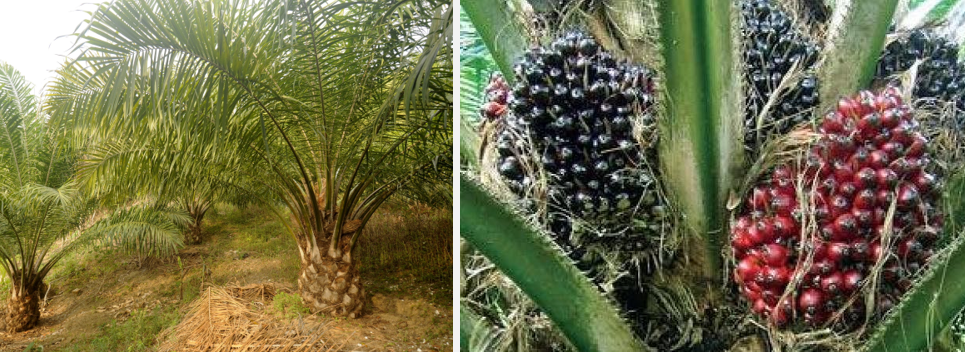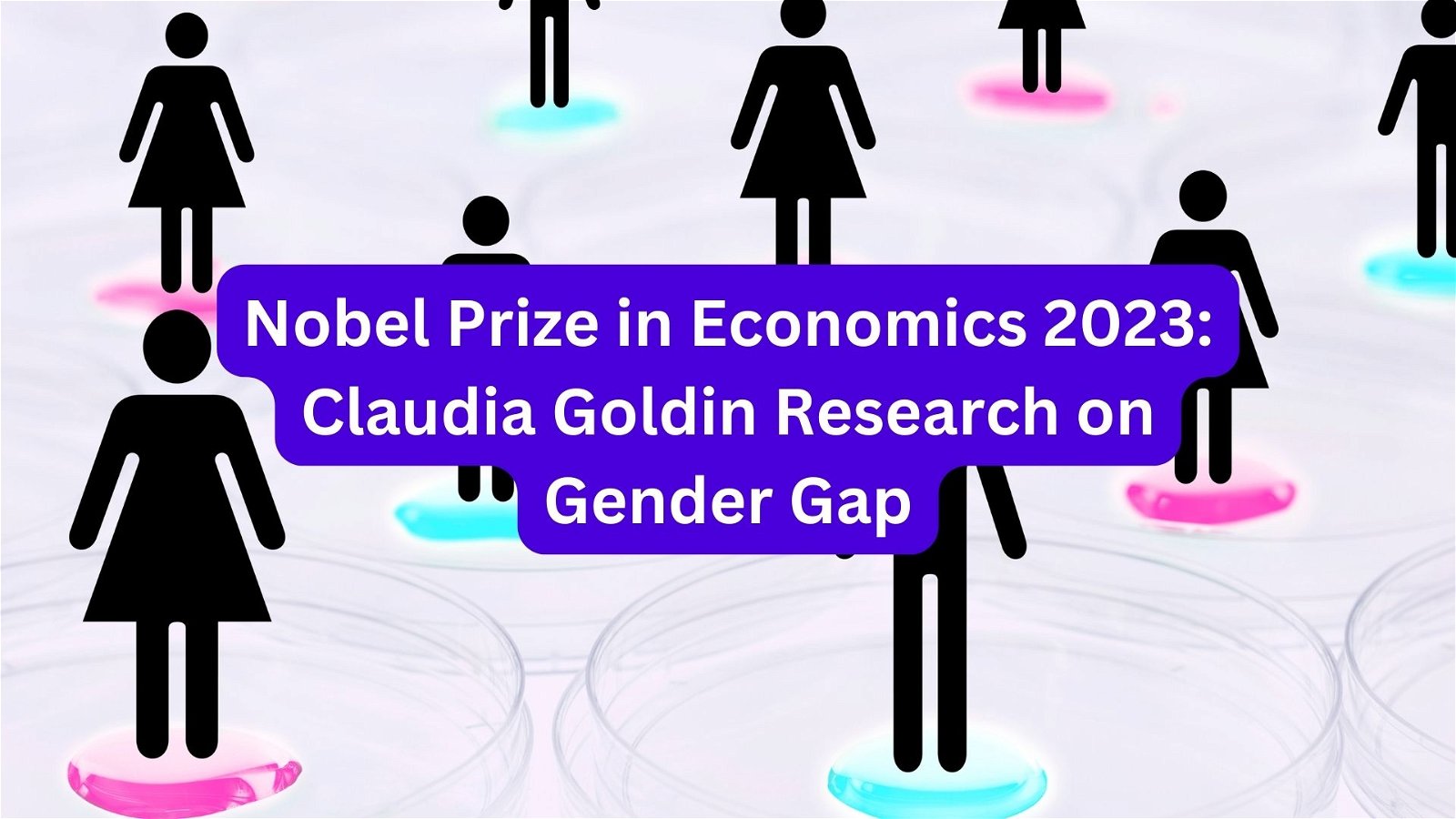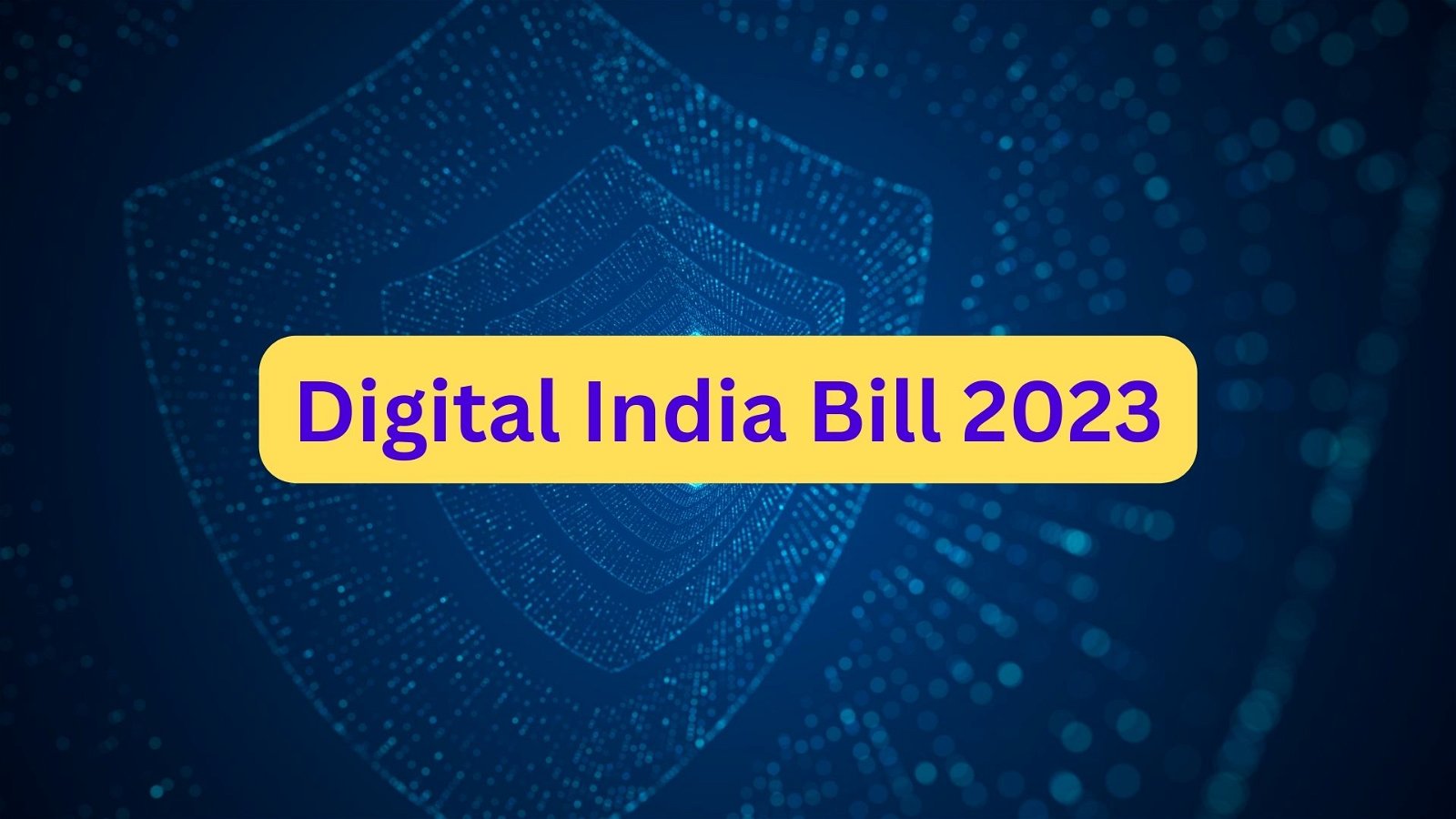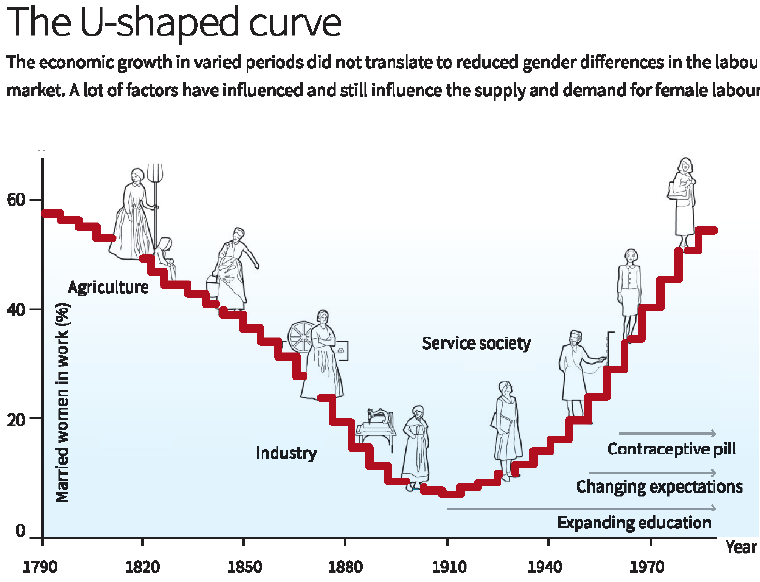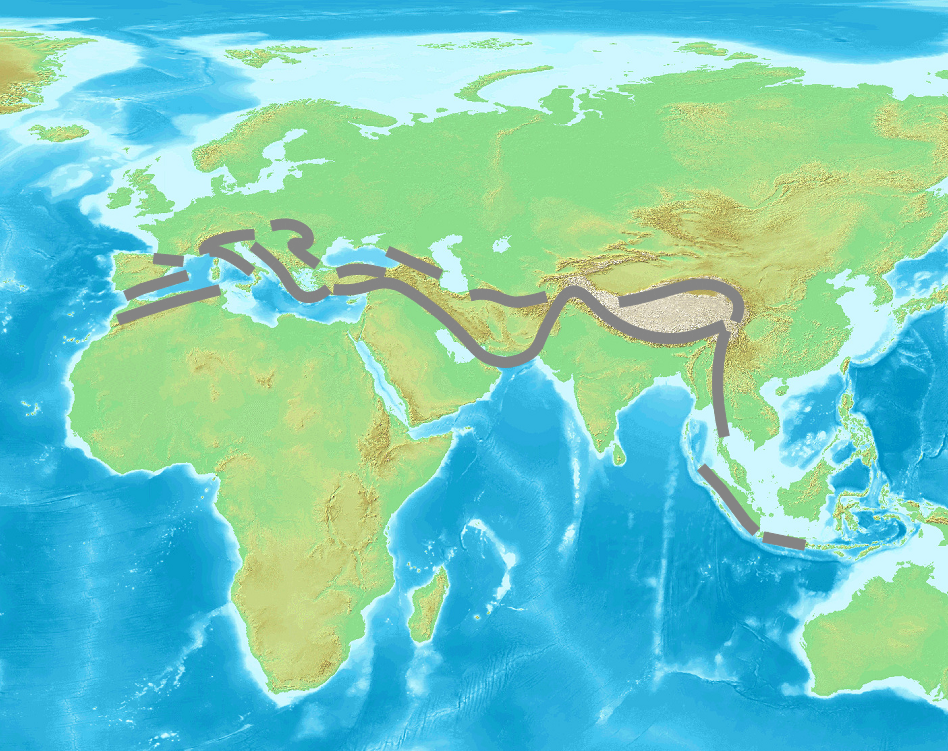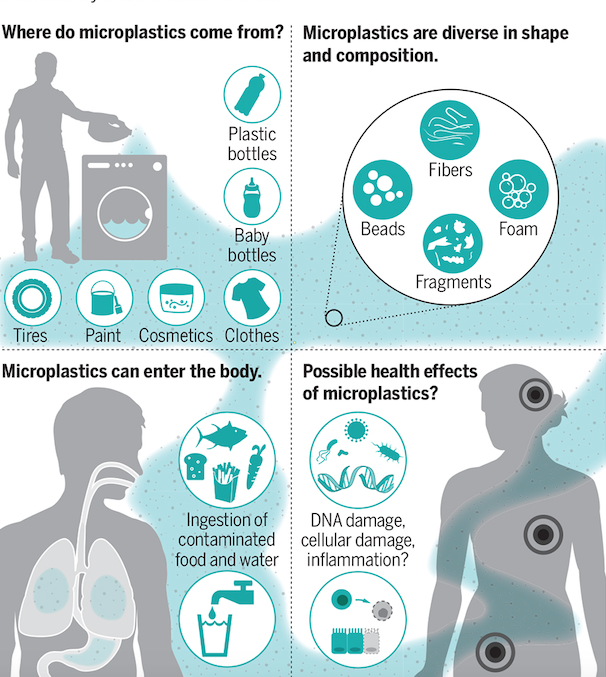
Current Affairs October 18, 2023: Surrogacy Laws in India, Green Credit Programme and Ecomark Scheme, International Day for the Eradication of Poverty
Subscribers of "Current Affairs" course can Download Daily Current Affairs in PDF/DOC
Subscribe to Never Miss an Important Update! Assured Discounts on New Products!
Must Join PMF IAS Telegram Channel & PMF IAS History Telegram Channel
{GS2 – MoSPI – Initiatives} Periodic Labour Force Survey (PLFS)
- Context (IE I TW ): The Ministry of Statistics and Programme Implementation (MoSPI) reported in its quarterly bulletin of the Periodic Labour Force Survey (PLFS) that the urban unemployment rate dropped to 6.6% in the first quarter April-June 2023.
- This is the lowest urban unemployment rate since the inception of the PLFS bulletin (2018).
- The PLFS follows a current weekly status approach, where people are considered unemployed if they did not work for at least one hour during the week but actively sought or were available for work for at least one hour during that period.
PLFS: Origin and Objective
- The PLFS was initiated by the National Statistical Office in 2017 for frequent labour force data.
- The inaugural annual report was published in 2019, utilising data from July 2017 to June 2018.
- PLFS’s objective is to estimate vital employment and unemployment indicators like the Labour Force Participation Rate every three months in urban areas.
- It also aims to provide yearly estimates for both rural and urban regions.
Key Indicators of PLFS
- Labour Force Participation Rate (LFPR): the percentage of persons in the labour force (working or seeking or available for work) in the population.
- Worker Population Ratio (WPR): defined as the percentage of employed persons in the population.
- Unemployment Rate (UR): UR is the percentage of persons unemployed among the persons in the labour force.
- According to the International Labour Organisation (ILO), unemployment involves being jobless, available and actively seeking employment. Thus, unemployment is not synonymous with joblessness.
- Activity Status: The activity status of a person is determined based on the activities pursued by the person during the specified reference period.
- Usual Status (US): Usual activity status is determined based on the reference period of the last 365 days preceding the survey date.
- Current Weekly Status (CWS): According to CWS, the labour force is the number of persons either employed or unemployed on average in the week preceding the survey date.
- Usual status unemployment rates will always be lower than CWS rates because there is a greater probability that an individual would find work over a year compared to a week.
- The PLFS divides employment status for workers into three broad categories:
- self-employed
- regular wage or salaried employees
- casual labour
| Area | Gender | Self-employed | Regular wage/salary | Casual labour |
| Rural | Male | 58.80% | 14.30% | 26.80% |
| Rural | Female | 71.00% | 8.00% | 21.00% |
| Urban | Male | 39.40% | 47.10% | 13.60% |
| Urban | Female | 40.40% | 50.80% | 8.90% |
Key Points from the PLFS Quarterly Bulletin (April-June 2023) for Urban Areas
- Labour Force Participation Rate (LFPR): The LFPR for individuals aged 15 years and above was between 46.2% and 47.8% in the pre-pandemic period. However, it rose to 48.8%, surpassing pre-pandemic levels.
- Worker Population Ratio (WPR): The WPR for the same age group ranged from 41.8% to 44.1% before the pandemic. It increased to 45.5%, exceeding the pre-pandemic figures.
- Unemployment Rate: The unemployment rate for individuals aged 15 years and above was between 7.8% and 9.7% in the pre-pandemic period. It fell to 6%, lower than pre-pandemic rates.
State/UT Unemployment Rates for April-June 2023
- States/UTs with higher than national average unemployment rates included Himachal Pradesh (13.8%), Rajasthan (11.7%), and Chhattisgarh (11.2%).
- Those with lower than national average rates were Delhi (2.7%), Gujarat (2.8%), West Bengal (4.4%), and Bihar (6.1%).
Workers in Usual Status

Increase in Self-employment and worker-population ratio (WPR)
- Both male and female employment in the self-employed categories has increased.
- The number of individuals engaged in self-employment surpasses those in casual labour or regular salaried employment.
- In urban areas, more people are engaged in salaried jobs compared to self-employment.
- Within the self-employed category, two sub-categories have been identified:
- own account workers and employers (39%)
- unpaid helpers in household enterprises (18.3%)
- The majority own-account workers are driven by, in rural areas (e.g., cultivators, weavers, potters) and urban areas (e.g., street vendors, tailors, barbers).
- Total Employers in the workforce include only 2 percent of the total workforce.

Data shows Muslims are not looking for work (TW)
- Among major religious groups, only Muslims have experienced a decline in their Labour Force Participation Rate (LFPR) and Worker Population Ratio (WPR).
- The LFPR for Muslims was around 35.1% in 2021-22, declining to 32.5% in 2022-23.
- This decline is clear evidence that Muslims have borne the brunt of job losses, even though the labour market should have revived after COVID-19.
- The decline in LFPR and WPR among Muslims post-COVID can be attributed to
- Increase in Self-Employment
- Urban Concentration (Muslims have a higher share of the urban population than the rural population)
{GS2 – Polity – IC – FRs} Right to Equality: Adoption Rights
- Context (TH): The constitution bench of SC said that same-sex couples do not have the right to adopt children under existing law.
- No law recognises either same-sex marriage or live-in relationships for the purpose of adoption.
Eligibility criteria for prospective adoptive parents
- Prospective adoptive parents must be healthy, financially stable, and free from serious illnesses.
- They should not have been convicted in the criminal act of any nature or accused in any case of child rights violation.
- The minimum age difference between the child and either of the prospective adoptive parents must be at least twenty-five years.
- Any individual, regardless of their marital status or whether they have biological children, can adopt a child, provided they meet the following criteria:
- For married couples, both spouses’ consent is necessary for adoption.
- A single female can adopt a child of any gender.
- A single male cannot adopt a girl child.
- A child cannot be placed for adoption with a couple unless they have had a stable marital relationship for at least two years, except in relative or step-parent adoption cases.
- Couples with two or more children can only be considered for special needs children unless they are relatives or step-children.
Adoption and Same-sex Couple
- Under the Juvenile Justice Act, a single person or couple in a stable marital relationship can adopt.
- The law does not prohibit adoption based on sexual orientation.
- Homosexuality was decriminalised in 2018, but same-sex marriages are still not recognised.
- LGBTQ persons can apply to the Central Adoption Review Authority (CARA) for adoption as a single parent only. They will be able to adopt as a couple if same-sex union gets legalised in India.
Process Of Child Adoption
Adoption under the Juvenile Justice Act
Juvenile Justice (Amendment) Act 2021
Central Adoption Resource Authority (CARA)
|
{GS2 – Polity – IC – FRs} Right to Marry
- Context (TH): The five-judge Constitution Bench unanimously agreed that the right to marry is not a fundamental right.
Related Constitutional Provisions
- Article 21 of IC deals with the right to life and personal liberty.
- In Hadiya’s case (2018), the SC said:
- Article 21 of IC guarantees the right to marry the person of choice.
- An intrinsic part of Article 21 of IC would be the freedom of choice in marriage.
- The role of society in deciding our choice of spouses is non-existent.
Article 21 of IC: Protection of life and personal liberty.
|
Article 16 of the Universal Declaration of Human Rights (UDHR)
- All adult men and women, regardless of race, nationality, or religion, have the right to marry and start a family. They have equal rights before, during, and after marriage.
- Marriage should only take place with the free and full consent of the intending spouses.
Fundamental Rights (FRs)
Right to constitutional remedies
Right to Property
National Human Rights Commission (NHRC)
Functions
|
{GS2 – Social Secor – Poverty} International Day for the Eradication of Poverty
- Context (TH I MINT): The International Day for the Eradication of Poverty is celebrated annually on October 17th by the United Nations.
- The 2023 theme was “Decent Work and Social Protection: Putting Dignity in Practice for All”.
- As of the end of 2022, 8.4% of the world’s population lived in extreme poverty.

Poverty in India
- According to the Multidimensional Poverty Index 2023, around 135 million Indians (One-tenth of the population) escaped poverty between 2016-21.
- The number of people experiencing multidimensional poverty is 230 million in 2019-21.
- Over a span of 5 years, India’s poverty has decreased by 10%.
- In 2015-16, one in four Indians (24.85 per cent) met the criteria for multidimensional poverty.
- However, by 2019-21, this percentage significantly decreased to 14.96 percent translates to approximately one in seven individuals living in multidimensional poverty.

For more info: {GS2 – Poverty} National Multidimensional Poverty Index (MPI) CA August 2023
Major factors that contribute to poverty in India
- Rapidly Rising Population: Over the past 45 years, the population growth rate has been 2.2% annually, resulting in an average addition of approximately 17 million.
- Unemployment: The ever-increasing population has led to more job-seekers.
- Low Productivity in Agriculture: The reason for low productivity is manifold. Chiefly, it is because of fragmented and subdivided landholdings, lack of capital, illiteracy about new technologies, use of traditional methods of cultivation, and wastage during storage.
- Underutilized Resources: Due to underemployment and disguised unemployment, particularly in the farming sector, resulting in low agricultural output and a dip in the standard of living.
{GS2 – Vulnerable Sections – STs} Inclusion of Meitei in ST list
- Context (TH): A proposal on the inclusion of the Meitei community in the ST list has been examined and rejected twice over the last four decades:
- In 1982, by the Office of the Registrar General of India (RGI).
- In 2001, by the Government of Manipur.
Procedure for the inclusion of a community in the ST list
- The state government will have to send the latest anthropological and ethnographic reports supporting the inclusion of a community (e.g., Meitei) in the ST list.
- The Tribal Affairs Ministry will send this to the Office of the Registrar General of India (RGI).
- On the approval of the RGI, the file will be sent to the National Commission for STs (NCST).
- If the Office of the RGI and NCST approve, the Tribal Affairs Ministry prepares a Cabinet note.
- Once the Cabinet approves, the change will have to be passed by Parliament, after which the President notifies the revised ST list.
Criteria for the Inclusion in ST List
- In 1965, the Lokur Committee set criteria to decide the inclusion of a community in the ST list.
- RGI uses the same criteria to this day. These are:
- Indications of primitive traits
- Distinctive culture
- Geographical isolation
- The shyness of contact with the community at large
- Backwardness.
Article 342 of IC
- In consultation with the Governor of States, the President can identify certain tribes or groups within tribes as Scheduled Tribes for a State or Union territory.
- Parliament can make laws to modify the list.
- Hence, once the President prepares a list, only Parliament can add to the list by changing the Constitution (Scheduled Tribes) Order, 1950.
Constitution (Scheduled Tribes) Order, 1950
- Using the power from Article 342, the President notified the Constitution (STs) Order, 1950.
{GS2 – Vulnerable Sections – Women} Surrogacy Laws in India
- Context (TH | IE): The provision that unmarried women cannot opt for surrogacy under the Surrogacy (Regulation) Act 2021 has been challenged in the Delhi High Court.
- The plea also challenges the regulation that forces a “single woman (widow or divorcee)” to use her own eggs to avail of the surrogacy procedure.
- The petitioner argued that the restrictions violate her fundamental rights under Articles 14 (right to equality) and Article 21 (right to life) of the Constitution.
Surrogacy (Regulation) Act, 2021 (SRA 2021)
- SRA 2021 defines surrogacy as a practice whereby one woman bears and gives birth to a child for an intending couple and intends to hand over the child to them after the birth.
Provisions of SRA 2021
- Bans commercial surrogacy: Commercial surrogacy is when the surrogate mother is paid beyond medical expenses.
- Allows altruistic surrogacy: Altruistic surrogacy is when the surrogate mother is not paid except for essential medical expenses.
- Eligibility of intending couple: Married individuals aged 23-50 for females and 26-55 for males.
- They have no surviving child biologically or through adoption or surrogacy.
- They have medical conditions necessitating surrogacy.
- They must be genetically related to the surrogate baby.
- Eligibility of intending woman:
- She must be an Indian widow or divorcee aged 35-45.
- She must be genetically related to the surrogate baby.
- Eligibility of surrogate mother: Only married women having a biological child and aged 25-35.
- She must be genetically related to the intending parents.
- She must not be genetically related to the baby in any way.
- A woman may only act as a surrogate once in her lifetime.
- Prohibition to abandon a child: Intending parents cannot abandon a surrogate child due to birth or genetic defects or other medical conditions, whether in India or outside India.
- Rights of surrogate child: A surrogate child will have the same rights as a natural child.
Criticisms of SRA 2021
- Restrictive Eligibility Criteria: The Act excludes many potential beneficiaries by having strict eligibility criteria for commissioning parents, such as infertility and age limits.
- Commercial Surrogacy Ban: This denies financial benefits to surrogates. Moreover, the intending parents will find it challenging to find surrogates.
- Restricting surrogates: The provision that a woman can be a surrogate only once in her lifetime will limit the availability of surrogate mothers.
- Emotional challenges: In altruistic surrogacy, where a relative will act as a surrogate without any financial benefits, it can lead to emotional complications.
- Discriminatory for certain sections: It excludes unmarried women, single men, and LGBTQ+.
- Restriction of genetic relation: The provision that the child should be genetically related excludes the intending parents incapable of having a genetically related child.
Assisted Reproductive Technology (Regulation) Act, 2021 (ART Act 2021)
- ART Act 2021 is another act that regulates the surrogacy procedure in India.
- The Act defines ART as all techniques for achieving pregnancy by handling sperm or eggs outside the human body and transferring them into a woman’s reproductive system. These include:
- gamete donation (of sperm or egg)
- in vitro fertilisation
- gestational surrogacy
Provisions of ART Act 2021
- Eligibility criteria for commissioning parties: ART services are available to married couples or women, where females are aged 21-50 years and males are aged 21-55.
- Married couples must be infertile or have a medical condition that prevents conception.
- Eligibility of donors: A bank may obtain semen from males aged 21-55 & eggs from females 23-35.
- A woman can donate eggs only once, with a maximum of seven eggs retrieved.
- Banks must not give gametes from the same donor to multiple couples or single women.
- Rights of an ART child: A child born through ART will have the same rights as a natural child.
- Offences and penalties: Offences under the Bill include:
- Abandoning or exploiting children born through ART
- Trading of human embryos or gametes
- Exploiting the commissioning couple, woman, or the gamete donor in any form
Criticisms of ART Act 2021
- Discriminatory for certain sections: It excludes single men and LGBTQ+.
- Limits the benefits of ART: The Act restricts ART benefits to infertile or medically challenged couples.
{GS3 – Envi – Conservation} Bamboo Plants to Prevent Landslips
- Context (TH): The Kerala Forest Department to plant bamboo along the National Highway in Munnar to prevent repeated landslips.
Benefits of Using Bamboo Plants to Prevent Landslips
- Dense root system: Its roots can penetrate deep and stabilise the soil.
- Fast growth rate: It can quickly establish itself and control erosion.
- Flexibility: It can withstand strong winds and heavy rainfall without breaking.
- Low maintenance: It requires less water and fertiliser and is resistant to pests and diseases.
- Food security for elephants
- Absorbs excess water in the soil
- Sustainable and renewable
- Biodiversity, economic, and aesthetic Benefits
Concerns of Using Bamboo Plants to Prevent Landslips
- Invasive species: Some bamboo species can outcompete native plants.
- Maintenance: Regular pruning and maintenance are essential for sustained landslide prevention.
- No immediate results: Establishing a robust root system takes several years.
- Monoculture concerns: Large monocultures of bamboo can reduce diversity and resilience.
- Local erosion factors: It cannot address all the underlying factors contributing to landslides, such as poor land management practices, land use changes, or geological factors.
- Harvesting impacts: Improper harvesting of bamboo can undermine landslide prevention.
- Man-animal conflict: Using bamboo as landslide prevention close to human habitation may attract wild elephants and increase man-animal conflict.
{GS3 – Envi – Initiatives} Green Credit Programme and Ecomark Scheme
- Context (TH | PIB | DTE): To take ahead the ‘LiFE’ (‘Lifestyle for Environment’) initiative, the MoEF has introduced the Green Credit Programme (GCP) and the Ecomark Scheme.
Green Credit Programme (GCP): Incentivising Voluntary Environmental Actions
- GCP market-based mechanism incentivises voluntary environmental actions across diverse sectors involving individuals, communities, and private sector industries.
- It will allow an individual or entity to earn Green Credit and trade it on a dedicated exchange.
- This programme will cover eight types of activities:
- Tree plantation
- Water management
- Sustainable agriculture
- Waste management
- Air pollution reduction
- Mangrove conservation and restoration
- Ecomark
- Sustainable building and infrastructure
- In its initial phase, the GCP will focus on two key activities: water conservation and afforestation.
Concerns with GCP
- Greenwashing: It refers to the process of making exaggerated or misleading claims about a product’s environmental benefits.
- Maintainance of a rigorous monitoring system
Ecomark Scheme: Promoting Eco-Friendly Products
- Ecomark (or Eco Label) is a voluntary labelling of consumer products meeting Indian environmental criteria and quality standards.
- GoI had launched the Eco Mark Scheme in 1991.
- Aims:
- To build consumer awareness of environmental issues and encourage eco-conscious choices.
- To motivate manufacturers to shift towards environmentally friendly production.
- To ensure accurate labelling and prevent misleading information about products.
- The Ecomark Scheme is administered by the Central Pollution Control Board (CPCB) in partnership with the Bureau of Indian Standards (BIS) (the national body for standards and certification).
- Criteria for determining the eligibility of a product for Ecomark:
- Process of production (including the source of raw materials)
- Potential impact on the environment
- Natural resources utilised by the manufacturers
- Amount of waste emanating out of the product
- Amount of energy consumed while producing the product
- Disposal aspects related to the product
- Sustainability of the product during one life cycle
- Biodegradability of the product
- Utilisation of waste and recycled materials
- Suitability for recycling or packaging
- An earthen pot is the logo of Ecomark, signifying the usage of renewable resources, like clay, which consumes less energy and does not have hazardous waste.

Mission LiFE (Lifestyle for Environment)
- The concept of LiFE was invoked by Prime Minister Modi at COP26 in Glasgow.
- Mission LiFE is a global initiative by India to help the world in its fight against climate change and to achieve sustainable development goals.
- It will nudge individual and collective action to protect and preserve the environment.
- Aims: To replace the ‘use & dispose’ economy with a circular economy of ‘reduce, reuse & recycle’.
- The basic principle of the mission is ‘Lifestyle of the planet, for the planet and by the planet’.
- Mission LiFE encourages the spirit of the P3 model, i.e., Pro Planet People.
|

{GS3 – Infra – Roads} Advanced Traffic Management System (ATMS) Standards
- Context (MINT I SR): National Highways Authority of India modernised Advanced Traffic Management System (ATMs) Standards and Specifications.
- It aims to enhance road safety, reducing incidence response time and digital enforcement on national highways and expressways.
New standard under Advanced Traffic Management System (ATMS)
- Digital Highways: Developing optic fibre cable (OFC) infrastructure along national highways.
- VIDES: Replacement of VIDS cameras with Video Incident Detection & Enforcement System (VIDES).
- Comprehensive Camera Installation: Cameras at 10 KM intervals along National Highways and Integration of camera feeds at control centres every 100 KM.
- Integration of VSDS into VIDES: Optimizing automatic number plate recognition (ANPR) cameras with the vehicle speed detection system (VSDS).
- Dynamic Response with VIDES: VIDES-triggered responses, including alerting route patrol vehicles dispatching ambulances through the ‘Rajmargyatra’ mobile app.

{Prelims – PIN World} Hikurangi Subduction Zone
- Context (TOI): Massive underwater water reservoir discovered in the Hikurangi Subduction Zone.
- Hikurangi Subduction Zone is located off the coast of New Zealand.
- It formed by subduction of Pacific plate under Australian plate.
- This area often experiences ‘slow-slip’ earthquakes.
|

Source: NZ Herald




![PMF IAS Environment for UPSC 2022-23 [paperback] PMF IAS [Nov 30, 2021]…](https://pmfias.b-cdn.net/wp-content/uploads/2024/04/pmfiasenvironmentforupsc2022-23paperbackpmfiasnov302021.jpg)
